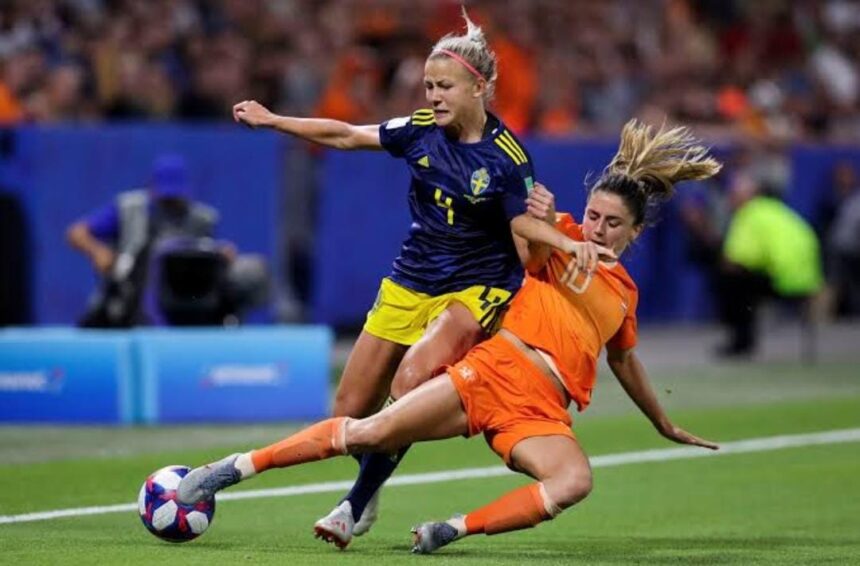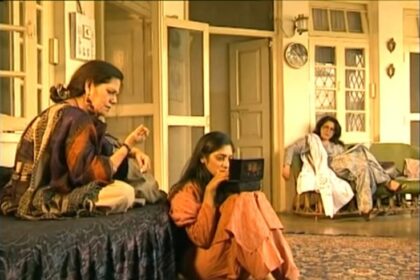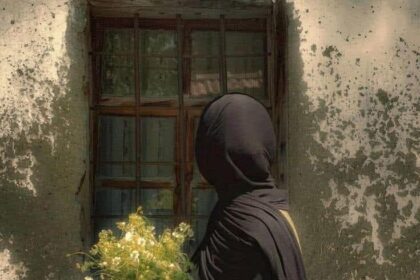Examining PakistanŌĆÖs lack of equal broadcasting for womenŌĆÖs sports and presenting solutions
The world is rapidly progressing in gender equality in all fields, with its growing emphasis on equal treatment of women in every profession, including sports. The developed world, as well as developing countries like India, have shifted their priorities towards equal coverage of womenŌĆÖs sports, including cricket, tennis, and badminton. This not just indicates the birth of opportunities for aspiring female sportspersons, but also the assurance of the quality of those opportunities. Broadcasters equally stream womenŌĆÖs games with an equal focus on brand sponsorships. Consequently, competitive and high-stakes matches also become an attraction for the audience. However, Pakistan still has a long way to go to achieve equality for women in sports in terms of opportunities, sponsorships, and broadcasting coverage.
┬Ā
Why Are Pakistani Platforms Hesitant in Broadcasting WomenŌĆÖs Games?
This question requires an in-depth analysis before any possible answer can be deduced, as it is rooted in the systemic flaws of PakistanŌĆÖs social fabric. Thus, the primary underlying issue in this case is the deeply-seated patriarchal norms in Pakistani society, which continue to be reinforced by not only the men, but women themselves. Most families in Pakistan consider outdoor sports suitable only for boys, restricting girls to their homes. Even if girls succeed┬Āin entering sports, with or without their parentsŌĆÖ support, they face challenges in finding suitable mentors and facilities to train for international-level tournaments.
In Pakistan, where cricket is the most popular and widely watched sport, athletes in other sports already struggle to find sufficient backing from the government and the audience. The situation worsens for female athletes, not just in different sports, but also in cricket. Government authorities often overlook female sportspersons, and the boardsŌĆÖ focus is primarily on providing men with sufficient training facilities to compete in international competitions.
Other than that, the misogynistic mindset in male athletes further degrades the efforts and achievements of women in sports. Similarly, the brands also hire male athletes, predominantly cricketers, for their marketing and endorsements. Female athletes are often overlooked in Pakistan due to the higher popularity of male sportspeople. Therefore, women in sports face discrimination from their male colleagues, sports boards, the audience, brands, and, consequently, broadcasters.
The broadcasters only cover and stream what profits them; in the case of Pakistan, male-oriented sports, specifically cricket. Their coverage of womenŌĆÖs games acts merely as a filler between menŌĆÖs sports streaming, which is quite dismal. Given the countryŌĆÖs already widening gender gap, this also proves a factor that reinforces the norms established by patriarchy and misogyny. The 2025 Global Gender Gap Report by the World Economic Forum, which assesses gender equality across economic opportunity and participation, health, educational attainment, and political participation, has ranked Pakistan at the 148th spot out of 148 countries. These shocking statistics are enough to explain the worsening situation of women in Pakistan, in their educational and economic prospects in every field, including sports. The broadcasters are still not ready to provide equal coverage to female athletes in national and international competitions, as this would not yield them viewers, TRP, brand advertisements, and profits in the long run.
┬Ā
What Needs To Be Done?
To improve the current state of womenŌĆÖs sports, there is an urgent need to prioritise equal opportunities for female athletes. The government needs to ensure the provision of safe and equal training facilities to young girls aspiring to play any sport. Other than that, it is highly significant for the audience to re-align their collective interest in womenŌĆÖs games, whether cricket, football, or tennis. This would attract brands and advertisements towards them, urging broadcasters to stream their matches with the same focus as they give to those of men. Similar to India, Pakistan also needs to ensure the quality of sports for women through equity in every way.
To put it simply, this piece comments on the reluctance of broadcasters in providing equal coverage to womenŌĆÖs sports matches, compared to their emphasis on menŌĆÖs games, specifically cricket. Although it would take generations to eliminate gender inequality, the aforementioned urgent measures can catalyze this change.
┬Ā
















